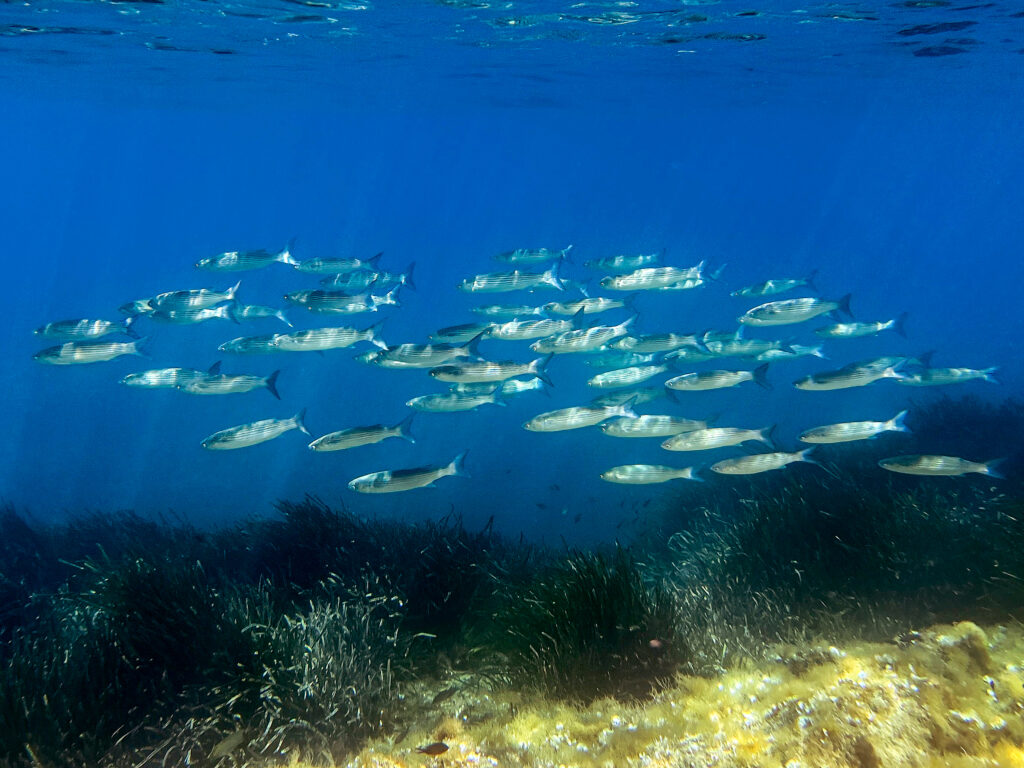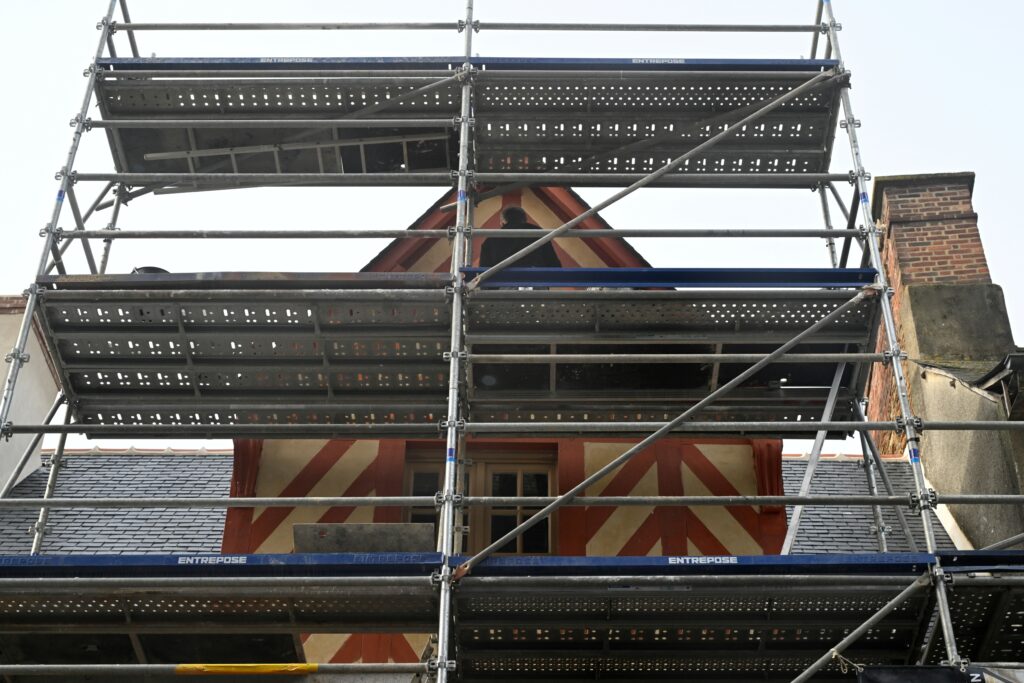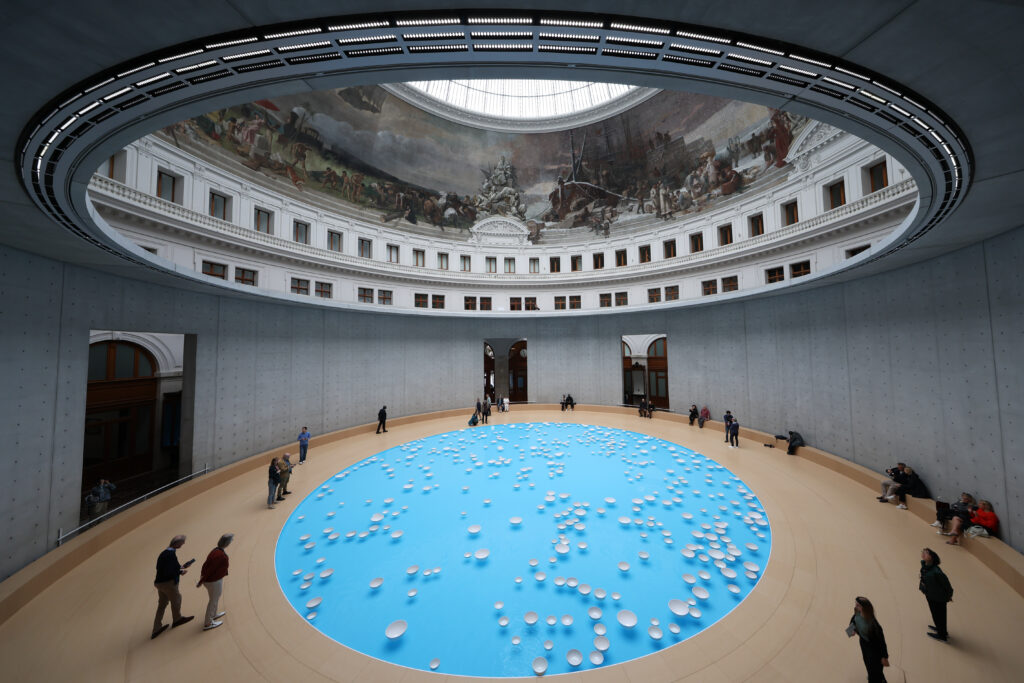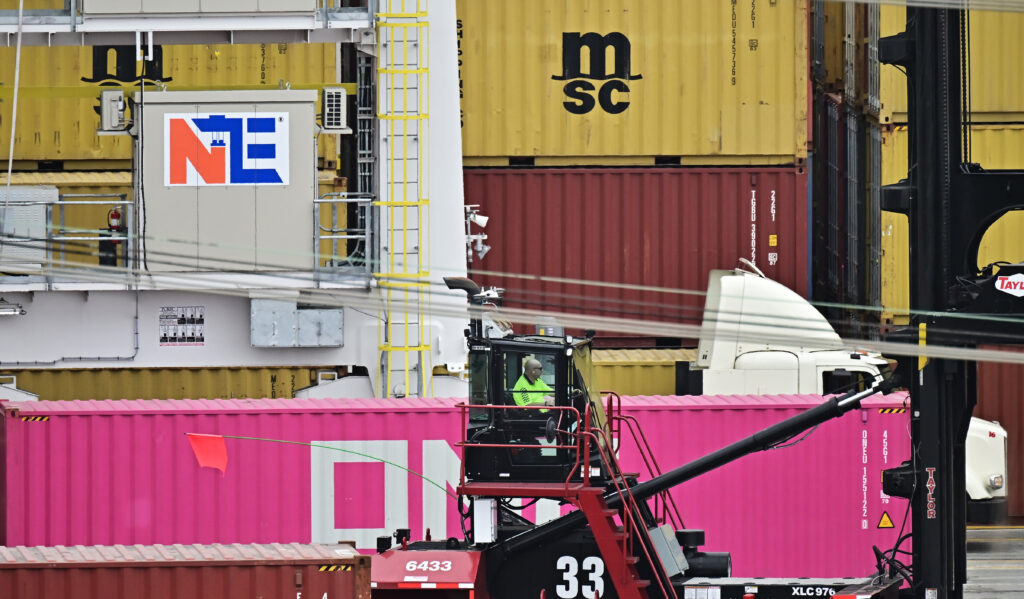Nintendo sort la Switch 2 avec l’ambition de relancer ses ventes
Précédée d’une importante vague de précommandes, la Switch 2 a été lancée jeudi par le géant japonais Nintendo, avec la lourde tâche de succéder à l’une des consoles les plus populaires de l’histoire du jeu vidéo.A Paris, dans un magasin Fnac, de nombreux exemplaires étaient toujours en vente en début d’après-midi, malgré les craintes d’un approvisionnement insuffisant.”Ça ne m’étonne pas, ils ont anticipé avec les précommandes”, commente Benoit Martins, chargé de mission dans le bâtiment de 29 ans, sorti du magasin avec l’objet qu’il a attendu “depuis des mois”.Officiellement présentée en début d’année via une courte vidéo en ligne, la Switch 2 est lancée avec plus de 20 titres, dont “Mario Kart World”, nouvel épisode de cette série très populaire.Dès minuit, des dizaines de fans ont fait la queue dans la capitale pour acheter cette machine, avec laquelle le géant japonais du jeu vidéo entend au moins égaler le succès de la Switch. Sortie en mars 2017, celle-ci a été écoulée à plus de 152 millions d’exemplaires, devenant la troisième console la plus vendue de tous les temps derrière la PlayStation 2 de Sony et la Nintendo DS.Malgré des prix plus élevés, Nintendo prévoit d’écouler 15 millions de Switch 2 d’ici mars 2026, soit environ autant que la Switch durant sa première année de commercialisation.A Tokyo, où aucune console n’était disponible sans précommande, une trentaine de fans enthousiastes ont attendu patiemment devant un magasin d’électronique pour récupérer leur exemplaire.Parmi eux, Lei Wang, un Chinois de 24 ans vivant au Japon, s’est dit “choqué” d’avoir gagné à la loterie des précommandes, alors qu’aucun de ses amis n’avait été sélectionné.”Je suis quasiment le seul à avoir été tiré au sort… Donc je n’ai pas trop envie de leur en parler”, plaisante-t-il.- Jour de congé -Au Japon, la boutique en ligne de Nintendo a enregistré 2,2 millions de demandes de précommandes, “niveau incroyable que le secteur n’avait jamais connu” pour le lancement d’une console, a indiqué à l’AFP Serkan Toto, un expert du cabinet tokyoïte Kantan Games.Cet engouement a conduit à l’annulation de certaines précommandes faute de stocks suffisants, notamment au Royaume-Uni.”Kuro”, 33 ans, a posé un jour de congé spécialement pour aller chercher sa Switch 2 et y jouer dès sa sortie. “Le fait que la qualité d’image soit meilleure, et que l’on puisse jouer à plusieurs, c’est un gros plus”, explique à l’AFP la jeune femme, parmi les premiers clients à recevoir l’objet tant convoité.Comme la Switch originale, la nouvelle version est une console hybride – jouable aussi bien en déplacement que connectée à un téléviseur – mais disposant d’un écran plus grand, d’une mémoire huit fois supérieure, d’un micro intégré et de manettes amovibles.A New York, dans une tente aménagée pour l’occasion, Angel Caceres, 22 ans, vient de jouer à “Mario Kart World” et s’emballe pour “les détails” et les personnages “plus expressifs”, impatient de récupérer sa console à minuit: “Je vais être crevé après ça.”- Enjeu de taille pour Nintendo -Reste à voir si les prix de vente élevés ne refroidiront pas les ardeurs du grand public.La Switch 2 “est proposée à un prix relativement élevé” par rapport à l’originale et, “même si le lancement suscite une dynamique, il ne sera pas facile de la maintenir sur le long terme”, reconnaissait en mai le président de Nintendo, Shuntaro Furukawa.Elle est vendue 469,99 euros en Europe (449,99 dollars aux États-Unis), alors que sa devancière avait été lancée à 329,99 euros. Des titres Switch 2 comme “Donkey Kong Bonanza” et “Mario Kart World” seront également plus chers.”J’ai pu y jouer, et je pense qu’elle vaut ce prix-là”, a expliqué Steven Paterno, qui patientait, avec un groupe d’une vingtaine de passionnés, depuis un mois et demi devant le magasin Nintendo du Rockefeller Center, à New York, pour faire partie des premiers à mettre la main sur le Graal.De nouvelles fonctionnalités permettant aux utilisateurs de discuter en ligne et de partager temporairement une partie avec des amis constituent aussi un atout majeur pour séduire les consommateurs.L’enjeu est de taille pour Nintendo, dont 90% des revenus proviennent de l’activité liée à sa console vedette.Le groupe a durement souffert de l’effritement des ventes de la Switch jugée vieillissante, lesquelles ont plongé de 22% en 2024-2025.Autre défi: la guerre commerciale. Les consoles Nintendo destinées au marché nord-américain sont notamment produites au Vietnam, frappé par l’administration Trump de surtaxes de 46% provisoirement suspendues jusqu’à début juillet.Une incertitude qui pourrait inciter certains à précipiter leur achat avant une éventuelle hausse des prix.burs-kaf-tu-mng/mch/eb






